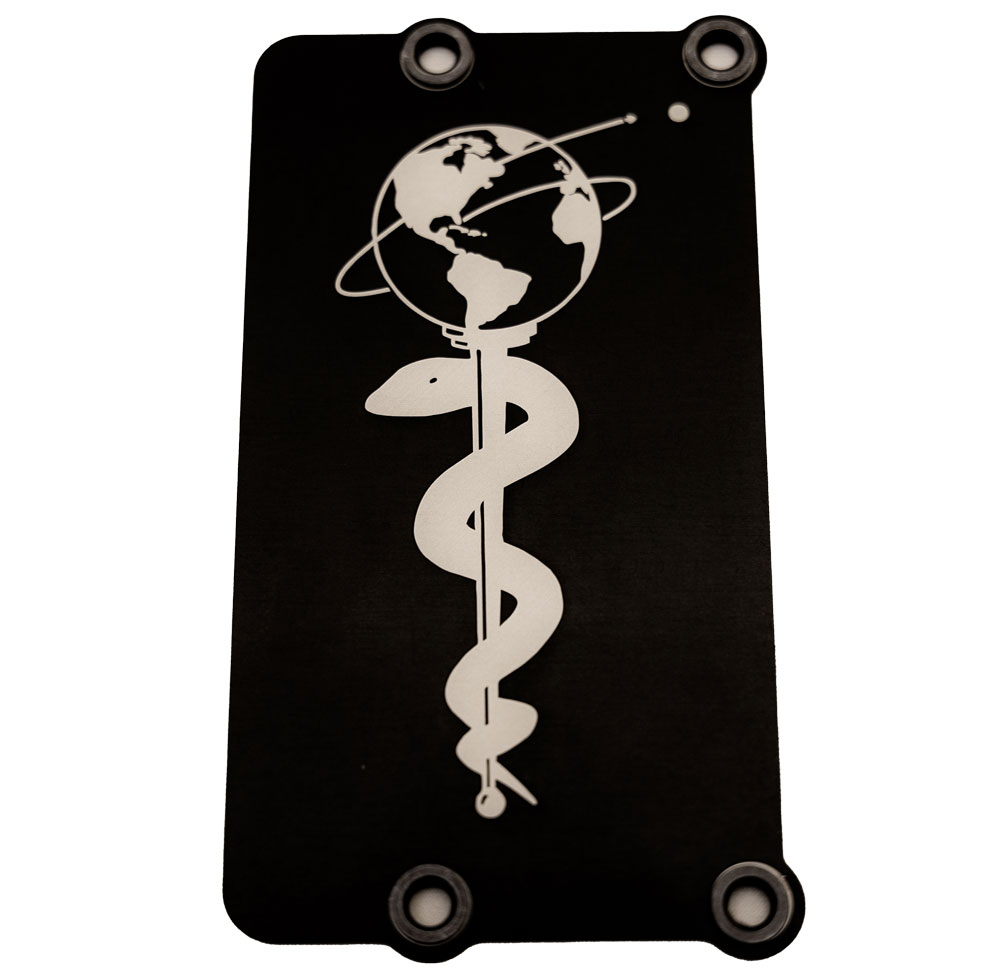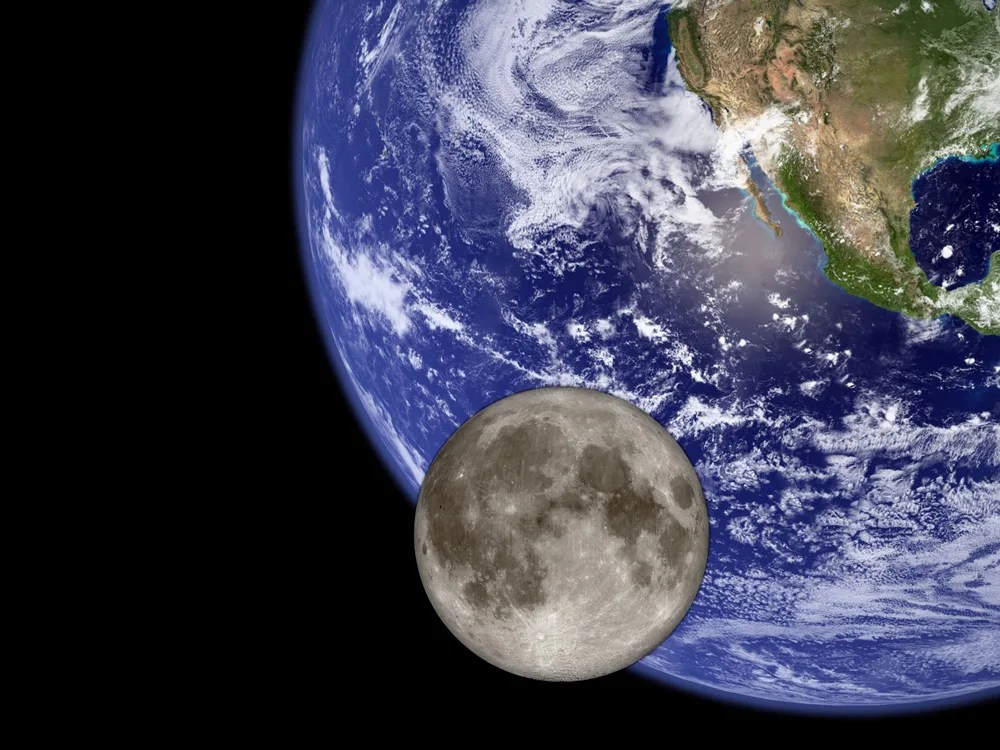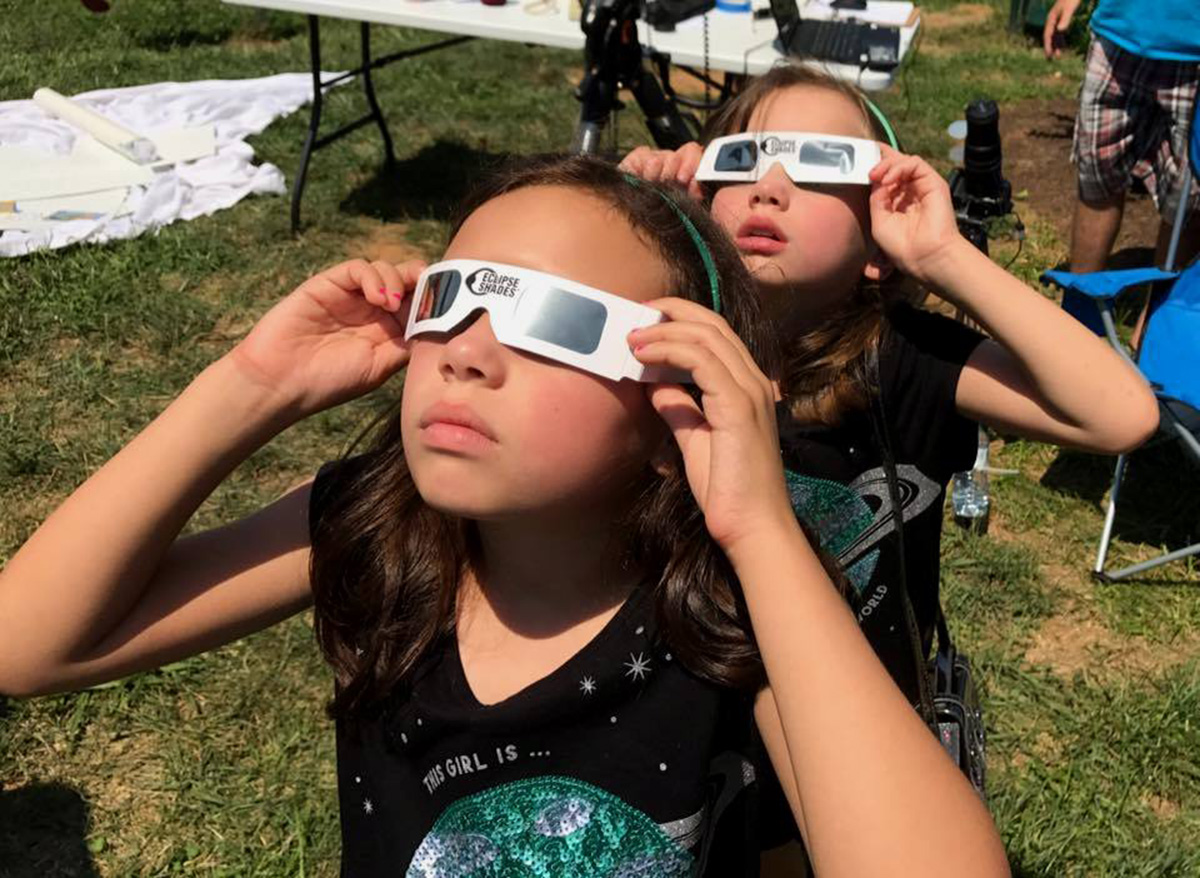Rover Basics
Each robotic explorer sent to the Red Planet has its own unique capabilities driven by science. Many attributes of a rover take on human-like features, such as “heads,” “bodies,” and “arms and legs.”

Anatomy of a Rover
Body | A strong structure that protects the rovers' "vital organs" like computers, electronics and electronics, some of which keep the vital organs protected and temperature-controlled. |
Brains | Computers to process information. |
Temperature controls | Internal heaters, a layer of insulation, and more to protect the rover from extreme temperatures. |
"Neck and Head" | A mast for the cameras to give the rovers a human-scale view. |
Eyes and other "senses" | Cameras and instruments that give the rovers information about their environment to aid in navigation and science investigations. |
Arm | Much like a human arm, the robotic arm has flexibility through three joints: the rover's shoulder, elbow, and wrist to maneuver the instruments that help scientists get up-close and personal with Martian rocks and soil. |
Wheels and "Legs" | Parts for mobility. |
Energy | Batteries and solar panels. |
Communications | Antennas for "speaking" and "listening." |
Hidden Messages
From bracelets to body art, humans have adorned themselves for thousands of years. The spacecraft that we send to Mars are no different! Many NASA orbiters, landers, and rovers fly with artwork, signs, and symbols on board that reflect the time and place they were made.
Parachute Puzzle
The Mars Perseverance rover parachute had a playful puzzle!
Engineers integrated a unique pattern in the white and orange sections of Perseverance's 70-foot-diameter supersonic parachute. Within each circular row of the parachute, they added the words “Dare Mighty Things” in binary code. The phrase is from a speech by President Theodore Roosevelt. It is also the motto for NASA's Jet Propulsion Laboratory. Along the outer edge of the parachute are the Global Positioning System (GPS) coordinates for JPL in Southern California, where the team built the Perseverance rover.
View Image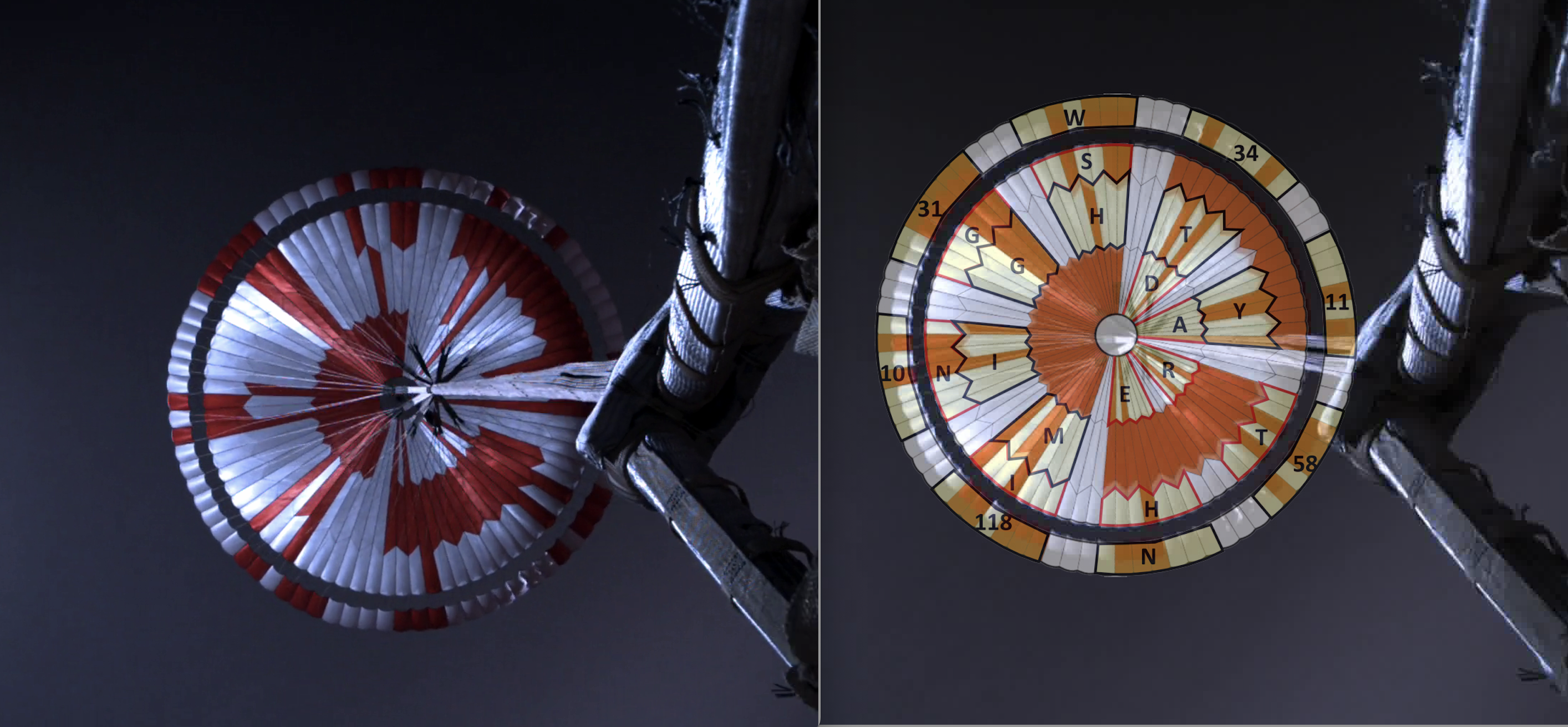
Reading Rover Tracks
NASA’s Curiosity rover has morse code imprinted on all six of its wheels:
.--- (J), .--. (P), and .-.. (L).
The wheel's secret message is Morse code for JPL, short for NASA's Jet Propulsion Laboratory in Southern California, where the rover was built and the mission is managed. Its "footprint" left on the Martian surface is an homage to the rover's builders and an important reference mark that the rover can use to drive more precisely via a visual odometry system.
View Image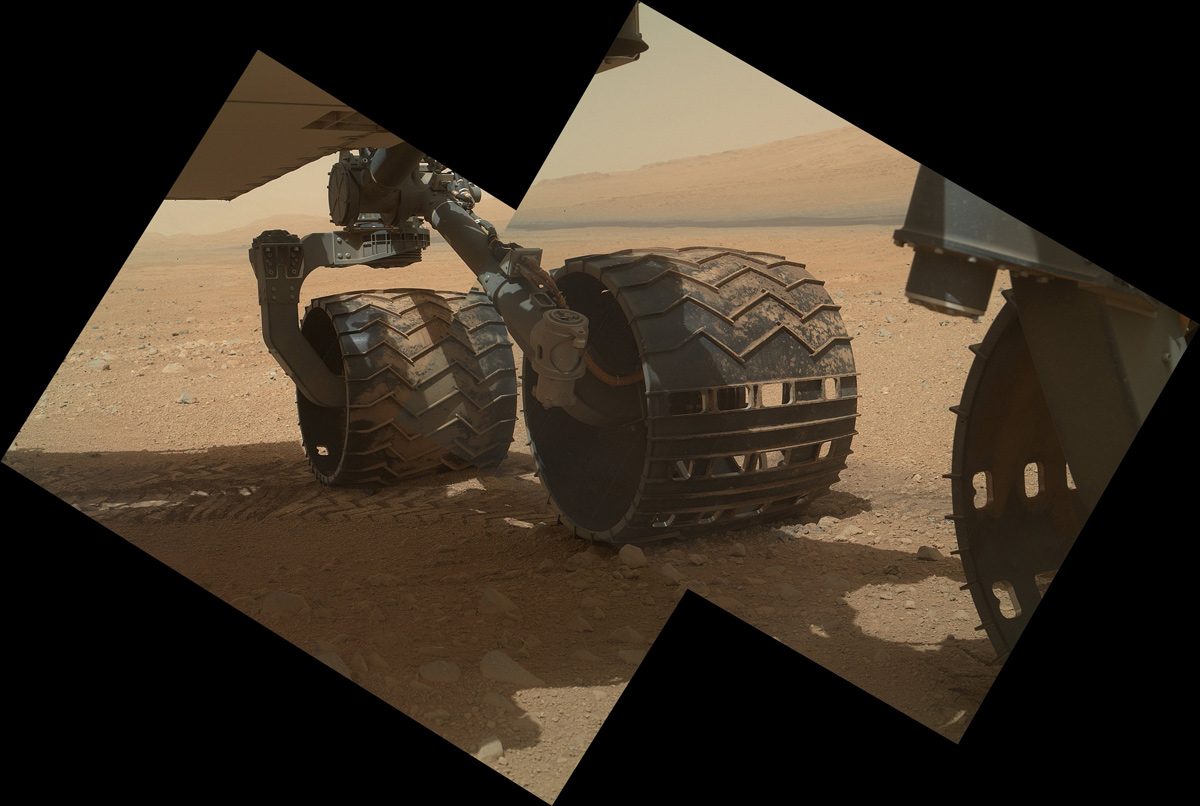
Tribute to Healthcare Workers Plate
A token of appreciation for front-line healthcare workers during the COVID-19 pandemic.
The Perseverance rover was prepared for launch at the Jet Propulsion Laboratory in California and Kennedy Space Center in Florida during the height of the COVID-19 pandemic. Engineers and technicians worked under difficult conditions to ready the rover and spacecraft for a seven-month trip to Mars.
The Perseverance team designed the Unity plate as a tribute to the resolution and perseverance of front-line healthcare workers, who risk their lives to treat those in need. These courageous individuals inspire all of us to face the greatest challenges, and we hope this mission provides inspiration in return. This plate was installed on the left side of the rover chassis.
